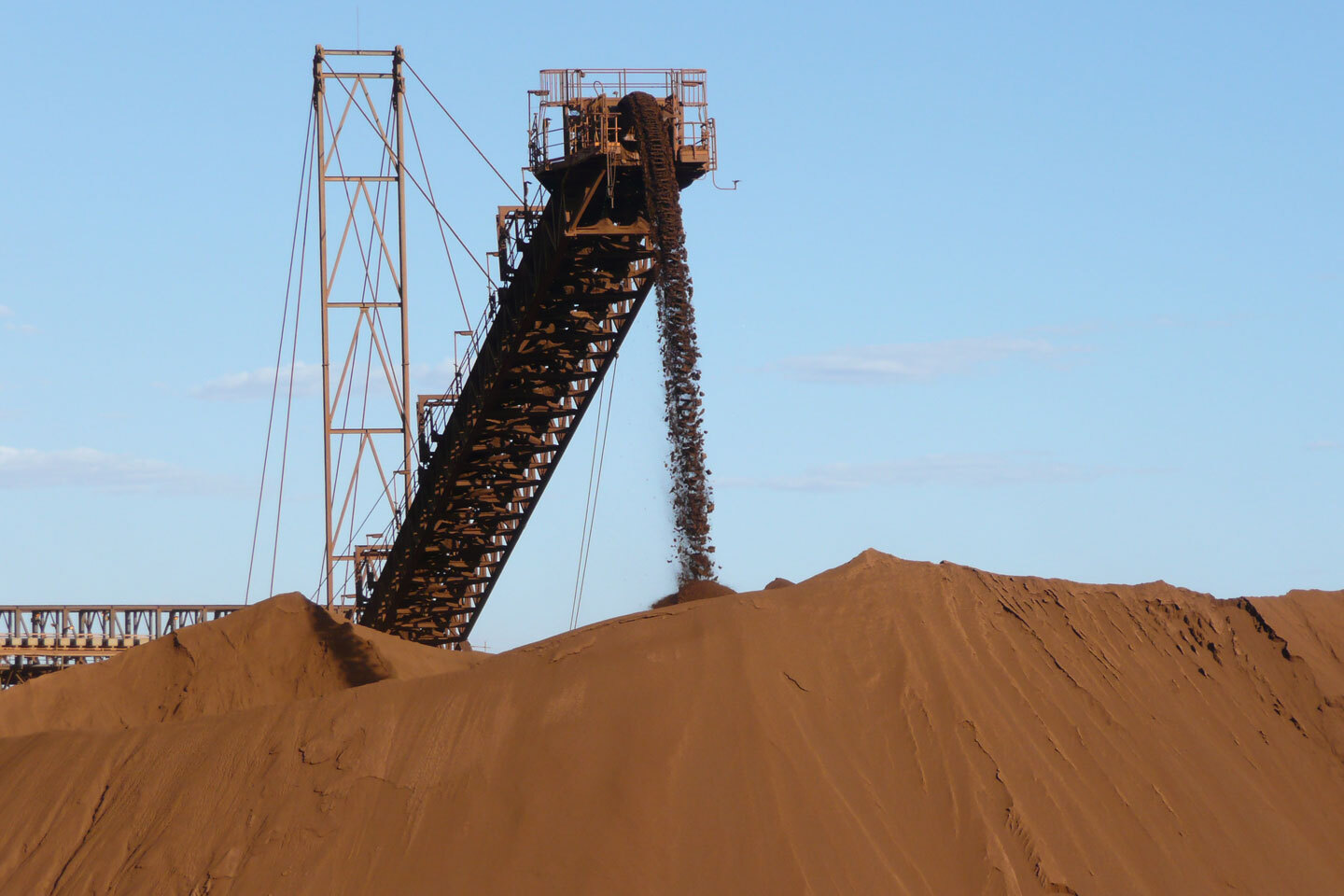
The GST distribution deal negotiated in 2018 will deliver a big lift in tax revenue flowing to Western Australia, though the gain is partly offset by the effects of the mining boom.
WA will receive an extra $2.48 billion in GST payments in the year to June 2023, according to recommendations released today by the Commonwealth Grants Commission.
That is out of a total increase in the GST pool of $4.63 billion.
The balance will be shared among other states and territories, with the exception of Victoria (down $244 million) and the ACT (down $5 million).
The outcome will likely fuel criticism by other states of the 2018 deal, which guaranteed WA would get back at least 70 cents for every dollar of GST paid.
The commission noted that the impact of changed relativities would be ameliorated by the federal government’s ‘top-up’ to the GST pool and its ‘no worse off’ guarantee.
The figures quoted above for Victoria and the ACT do not include the ‘no worse off’ payments.
WA’s recommended share of total GST payments will increase from 4.4 per cent in FY22 to 7.3 per cent in FY23.
With the national GST pool increasing to $77.41 billion, the amount flowing back to WA will increase to $5.68 billion.
The increased ‘relativity’, on its own, would have delivered an extra $3.66 billion to WA in FY23.
This amount was reduced by $1.38 billion after the Commonwealth Grants Commission adjusted for an improvement in WA’s fiscal capacity.
The biggest factor in this adjustment was the increased value of mining production in WA, which flows through to the state government as extra taxes and royalties.
The commission’s assessment also took account of relative population growth and relative wages growth, among other factors.
A high share of national population growth increases a state’s relative need to invest in infrastructure, and therefore increases its need for GST.
This factor reduced the GST needs of Victoria (which experienced declining population during COVID) and increased the needs of most other states, especially WA, the Northern Territory and South Australia.
Regarding wages, it said Victoria, Queensland, the ACT and the Northern Territory had lower GST needs because they experienced lower growth in private sector wages, resulting in less pressure on public sector wage costs.
On the flipside, it said higher wage growth increased the GST needs of NSW, WA and South Australia.








